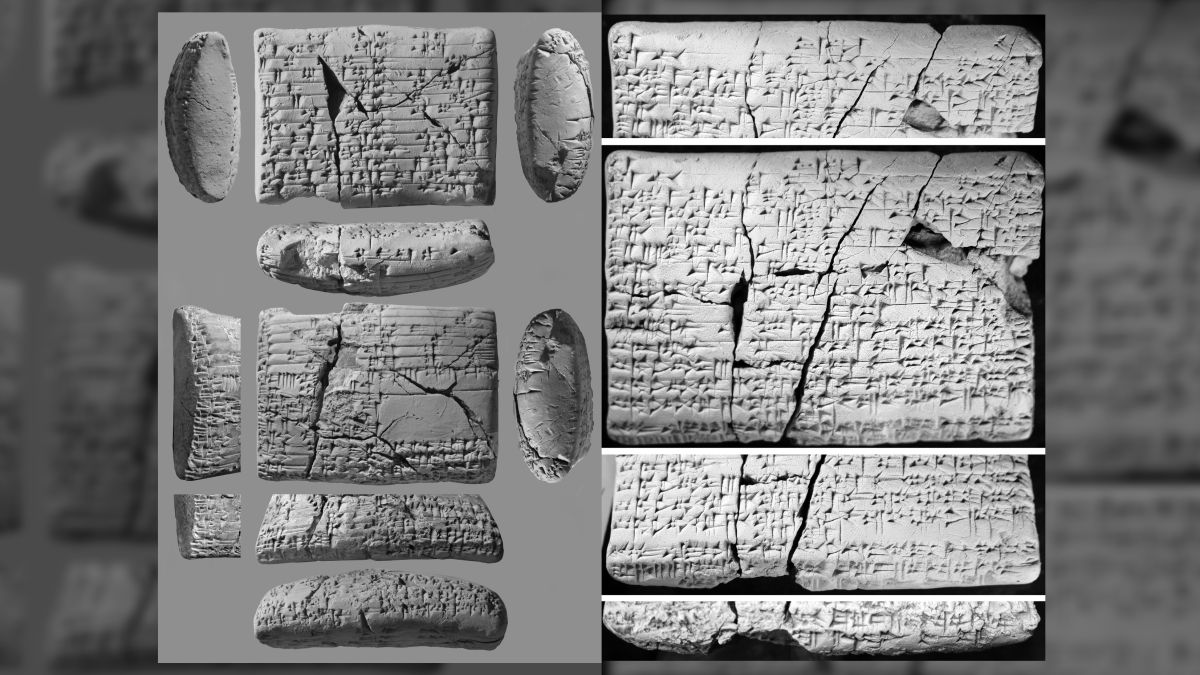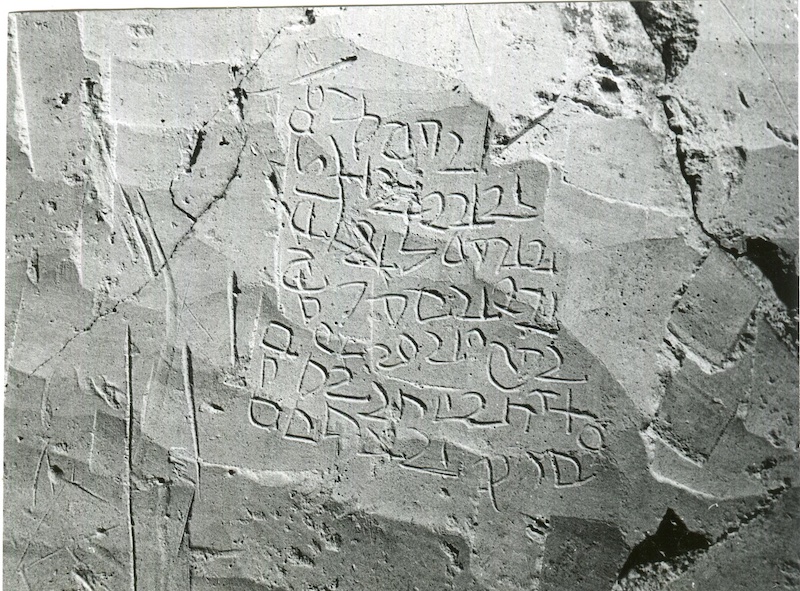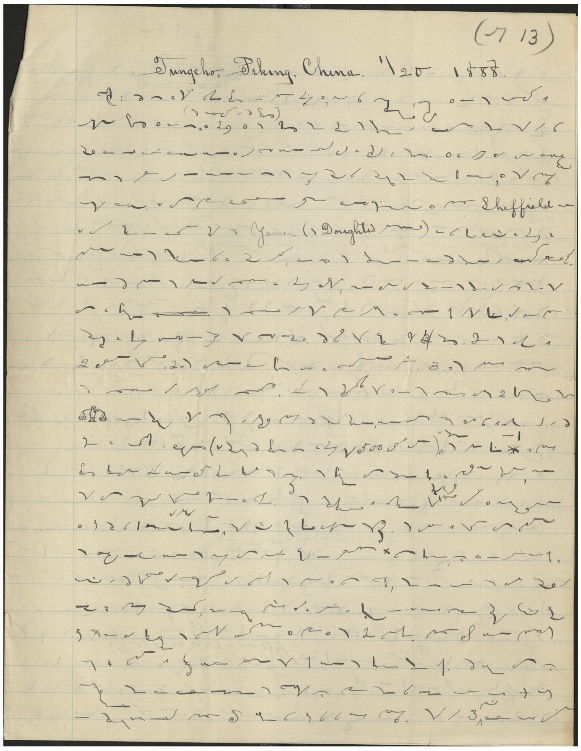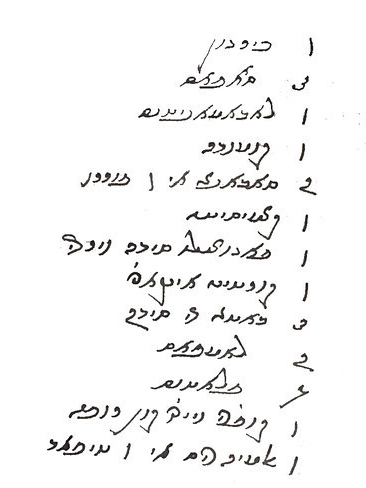As documented here (2009), here (2010), here (2013), and here (2017), it's controversial whether the Indus Valley (IV) inscriptions are really a "script" or something more like a set of logos. Many people have tried, but it hasn't been definitively cracked. Now computer scientists are making new attempts to unlock its secrets.
"An ancient language has defied decryption for 100 years. Can AI crack the code?
Scholars have spent a century trying to decipher ancient Indus script. Machine learning may finally help make sense of it all."
By Alizeh Kohari, Rest of World (2/8/22)
This is a long article. Since it is on a subject that has intrigued me for half a century, plus I personally know some of the key players in the drama and, moreover, I believe that it is innately of great interest and importance, I will provide generous quotations from this substantial piece.
The article begins on a hopeful note:
Jiaming Luo grew up in mainland China thinking about neglected languages. When he was younger, he wondered why the different languages his mother and father spoke were often lumped together as Chinese “dialects.”
Read the rest of this entry »




